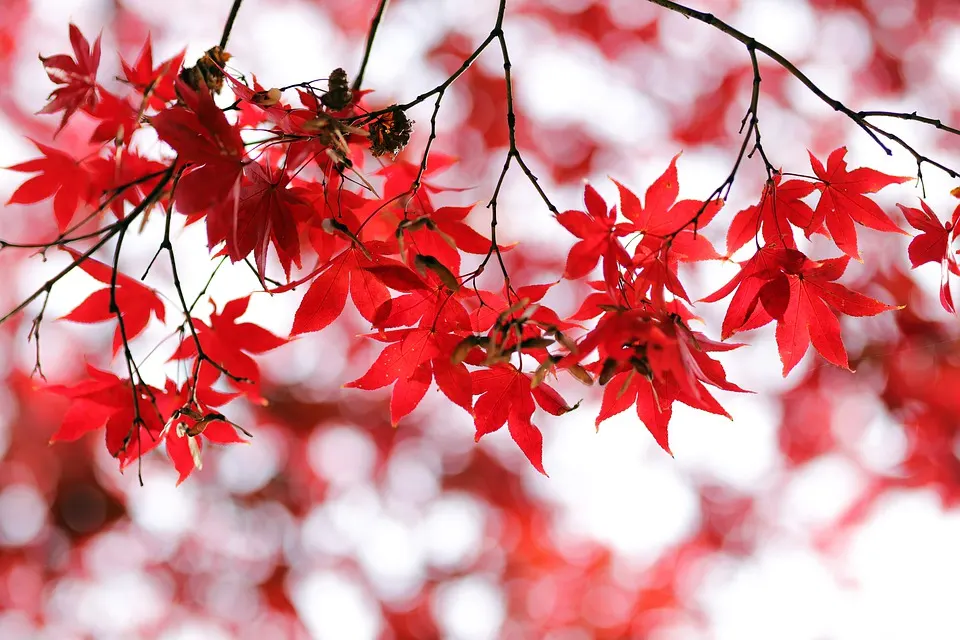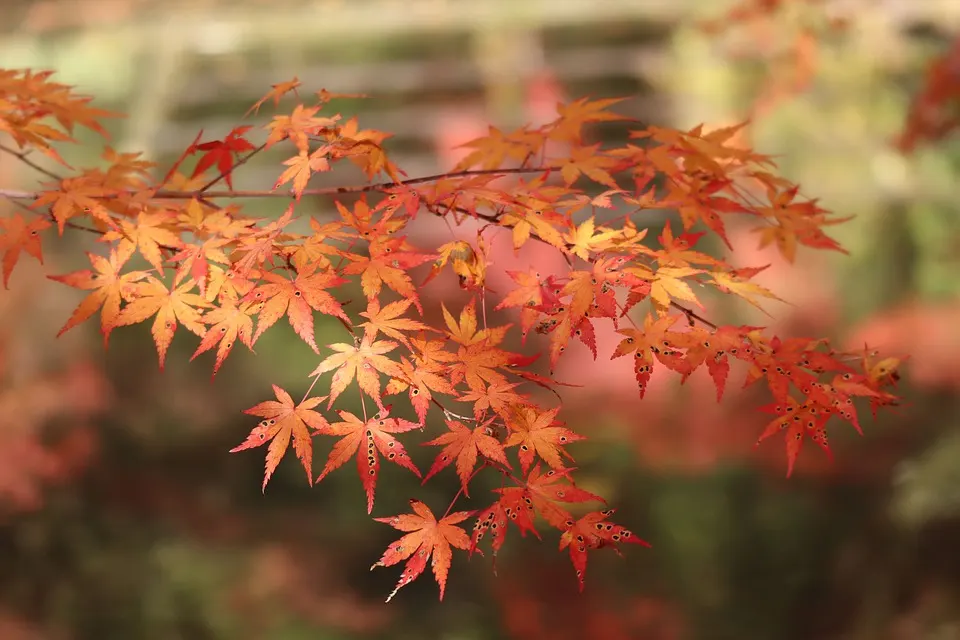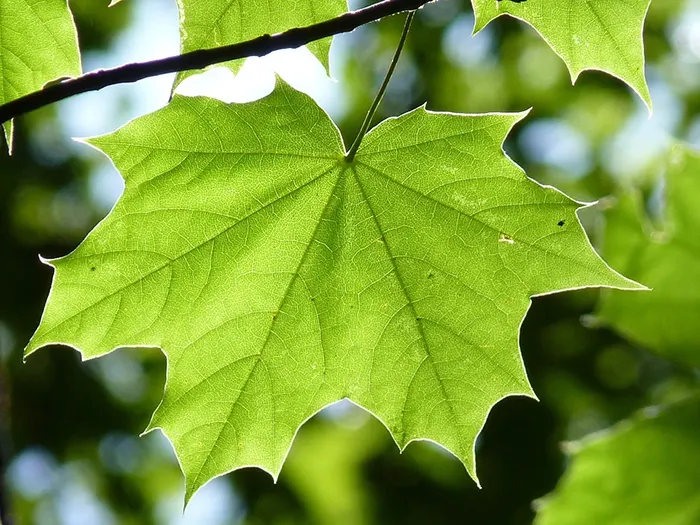How to prune a Japanese Maple Bonsai tree
Japanese Maple trees are available in several varietals such as Kiyohime, Kashima, Shishigashira, and Arakawa. The red-leaved varieties include the Deshojo and Seigen. For many, the attractive yellow, orange, and red autumn colors are tremendously attractive, with the orange and red maples being especially popular.
Pruning a Japanese Maple Bonsai tree (Acer palmatum) is a combination of art and science. The goal of any pruning will be to enhance the appearance of these attractive Bonsai specimens. However, it is important to note that there are two types of pruning; maintenance pruning which helps maintain and refine the shape of your Japanese Maple, and what is called structural pruning which is a more aggressive approach that allows the owner to train the tree into a basic shape.
As with all trees, a Japanese Maple Bonsai will grow from the top and outer parts of the stem. It is in those areas that cutting and pinching are most effective. The aim is to train the tree to put out new growth in the inner parts of the Bonsai and encourage the growth of finer branches at the crown of the tree.
Aside from pruning the outer parts of the tree there are also pruning techniques that are suitable for those who want to emphasize a decorative exposed root structure.
Wiring
Wiring is one of the most important techniques that any owner of a Japanese Maple Bonsai should learn. The flexible branches of the Japanese Maple Bonsai make it one of the easier Bonsai species to shape using wire.
Wiring is a technique that can train and style both thin and large branches into new shapes and improve the underlying structure and aesthetic of the tree.
It can take up to three months before the branches are set in their new positions – so patience is required.
In addition, owners of Japanese Maple Bonsai should ensure that they check on the tree regularly. Along with patience, attention to detail is important, especially during Spring which is the growing season. Neglecting to wire can cause wires to cut into the bark, marring the looks of the tree. Be sure to remove wiring before this happens.
Types of wire
Japanese Maple Bonsai enthusiasts have a choice of two different types of wire. The first is anodized aluminum and the other is annealed copper. Given that the Japanese Maple is a deciduous species aluminum wire is to be preferred as it is softer than annealed copper.
There are a variety of wire gauges available, however a selection including 1mm, 1.5mm, 2.5mm, and 4mm should suffice for most wiring tasks. Thin branches can be easily wired without special preparation, but thicker branches should be protected using a wrapping of rubber or leather. In the absence of this precaution, wrapping the wire in raffia will prevent damage and is highly recommended. Raffia is a type of palm fiber that is available at most garden supply outlets.
Removing wire can be as simple as unwinding it – however, it is worth noting that when dealing with thicker wire there is a risk of the larger branches breaking as the wire is unwound. It is recommended that the wire be snipped into shorter sections before removal. This makes the process of removal simpler and less likely to damage the Bonsai. A general-purpose wire cutter with a long shank and rounded head is ideal for this purpose. The rounded head makes it far easier to get close to the bark of the tree without the risk of damage.
Pruning a Japanese Maple Bonsai
Pruning should take place regularly. Regular pruning improves the aesthetic appeal of the Japanese Maple Bonsai and also helps to maintain the health of the tree. It is also strongly recommended that new shoots be regularly pinched back (using your fingers) during the growing season (spring and summer). A good indication that this sort of maintenance cutting is required is when the maple forms around five pairs of leaves. Cut these back to just one or two pairs of leaves.
Japanese Maple Bonsai leaves require pruning during the growing season to encourage the growth of smaller leaves and match the appearance and shape of the entire tree.
There is also the option of partial defoliation during summer. In this process, all (or at least many) of the leaves on the more strongly growing parts of the tree are removed. This can promote finer branching, a strengthening of the weaker branches, as well as reducing the leaf size and contributing to a more balanced and classic look of the Japanese Maple Bonsai.
Pruning of the main branches and stems should ideally take place during fall and into winter. This will involve structural cutting, removing dead branches that are marring the required aesthetic of the tree.
Basic pruning tools
To prune a Japanese Maple Bonsai properly, without harming its health and enhancing its classic aesthetic some basic tools are needed. Some of these tools include the following:
General-purpose scissors
These scissors sacrifice the fine touch for durability. They are useful for performing a variety of cuts to both root systems and branches. General-purpose scissors are an indispensable part of any Bonsai lovers toolkit.
Trimming scissors
Trimming scissors are excellent for tight spaces. They are thinner and narrower at the cutting edge and have a finer and more delicate shank allowing for precision work, especially in the foliage area.
Branch cutters
Branch cutters do the job that scissors simply cannot do. They allow for the removal of branches close to the trunk. If one were to use scissors a raised area would remain. This area would become even more visible after healing, marring the classical beauty of the Bonsai.

Sealing
It is worth noting that a wound sealant should be applied when branches are removed or pruned back. This can aid in the healing process, as well as reduce the possibility that the maple could fall prey to attack by fungi. Without the use of a sealant, there is also the possibility of die-back and when large cuts are made the exposed wood may crack. This would require extensive remedial action. There are a variety of sealers available online which are specifically formulated for Bonsai.
Why prune a Japanese Maple Bonsai?
We seem to live in a world that rewards instant gratification. However, the cultivation of Bonsai provides the opportunity to explore something that may be sorely lacking in modern-day life – the art of patience. Creating that perfect Bonsai also requires dedication, creativity, foresight, and care. All skills are valuable in an increasingly frenetic world.
The Japanese Maple Bonsai is one of the most valued of the Bonsai species due to its supple branches and sheer beauty. For those wishing to explore the fascinating hobby of raising Bonsai, it is worth noting that this tree is among the most popular of Bonsai varieties.






